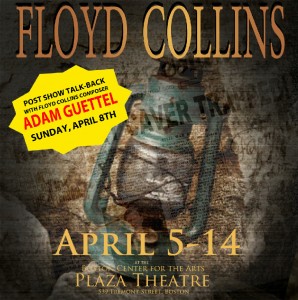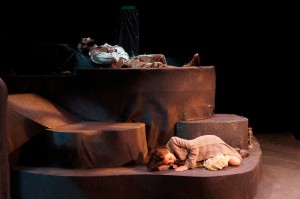 If you’re reading this, you’re probably involved in the audio industry to some degree and are aware of such issues as the “loudness wars” and the lack of aural dynamic range in popular media. If you’re reading this and not in the audio industry, then you’re probably an overly-polite friend of mine, in which case – thank you, I appreciate the effort, but really – it’s not necessary. You can go do something else; I won’t be offended. The appropriate brownie points have been credited to your account.
If you’re reading this, you’re probably involved in the audio industry to some degree and are aware of such issues as the “loudness wars” and the lack of aural dynamic range in popular media. If you’re reading this and not in the audio industry, then you’re probably an overly-polite friend of mine, in which case – thank you, I appreciate the effort, but really – it’s not necessary. You can go do something else; I won’t be offended. The appropriate brownie points have been credited to your account.
While I’ve understood these concerns over dynamic range, I haven’t necessarily been a huge advocate of them. I like things loud and I think a lot of modern music actually works well being heavily limited (the exception being that Adele album that’s getting way too much airplay right now). Partly because of my own personal tastes and partly because of the general lack of silence around me, I haven’t truly appreciated the impact of quiet.
Until now.
 As I mentioned earlier, I’m the sound designer on a local Boston production of the Adam Guettel musical Floyd Collins. Working on this show has helped inspire me to jump on the “dynamic range” bandwagon, so-to-speak.
As I mentioned earlier, I’m the sound designer on a local Boston production of the Adam Guettel musical Floyd Collins. Working on this show has helped inspire me to jump on the “dynamic range” bandwagon, so-to-speak.
There are several points in our production, where, due to some combination of score, script, staging, budget, and/or layout of the theater, there are moments of intense quiet – so quiet, in fact, that the noise floor of my audio equipment, the theater’s HVAC system, and even my turning the pages in my script are real concerns. As the sound designer, I didn’t plan for these moments, nor did I seek them out, but I can honestly say that I am glad to have had them foisted upon me; I’ve adjusted my design to accommodate them and my design is better for it. Ironically, had I had the budget to mic all of the actors like I’d wanted, the average volume of the show would have been louder and I probably would have missed these moments.
 Starting out on the project, I was excited at the prospect of making a bunch of horrendously loud, building-shaking cave-in cues and scaring the crap out of people. I do get to do that and yeah, it’s awesome. But my unexpected treat has been working with these moments of quiet, where subtlety and softness can be used to impart a sense of claustrophobia, surrealism, apprehension, and dread. If you’re on a project and in a position to create a place of real silence, exploit it, because it has the potential to be as powerful as, if not more powerful than loudness.
Starting out on the project, I was excited at the prospect of making a bunch of horrendously loud, building-shaking cave-in cues and scaring the crap out of people. I do get to do that and yeah, it’s awesome. But my unexpected treat has been working with these moments of quiet, where subtlety and softness can be used to impart a sense of claustrophobia, surrealism, apprehension, and dread. If you’re on a project and in a position to create a place of real silence, exploit it, because it has the potential to be as powerful as, if not more powerful than loudness.
If you’re in the area and interested in seeing it, the show runs through Apr 14. Tickets are available through: www.bostontheatrescene.com

I just met you last night and the thing I forgot to tell you was the sound design was really good. It was bone crunching when it needed to be and subtle and evocative when called for. Most important, I think, is what you wrote above – that silence and the subliminal are essential tools. I wish we had had a chance to talk more last night. But bravo.